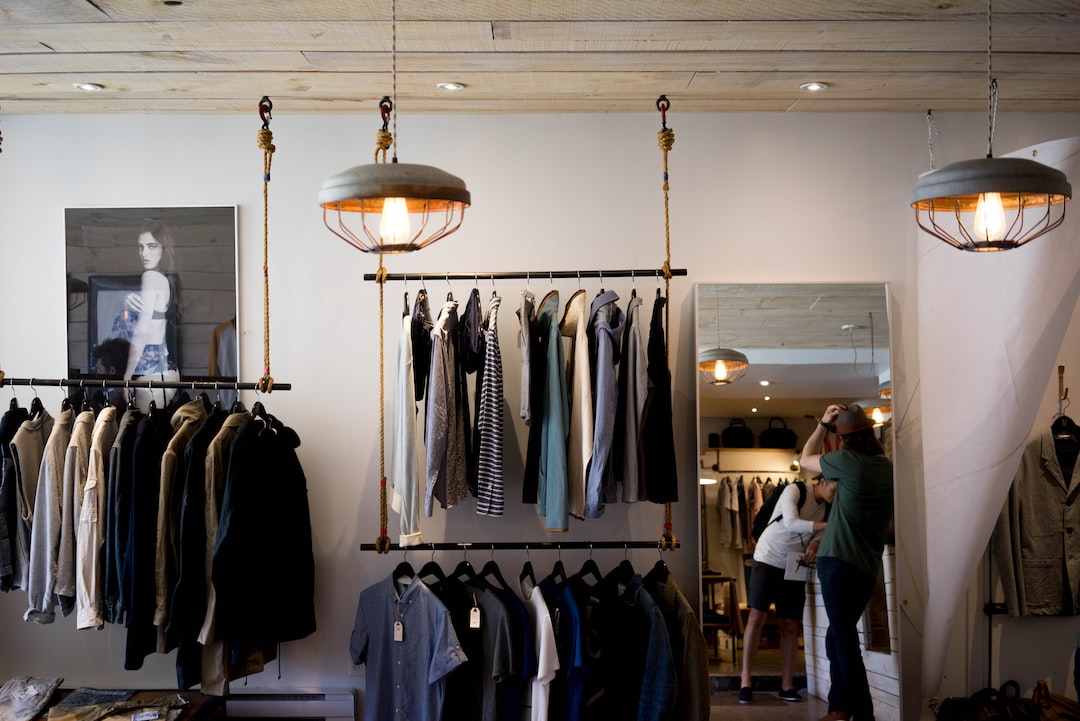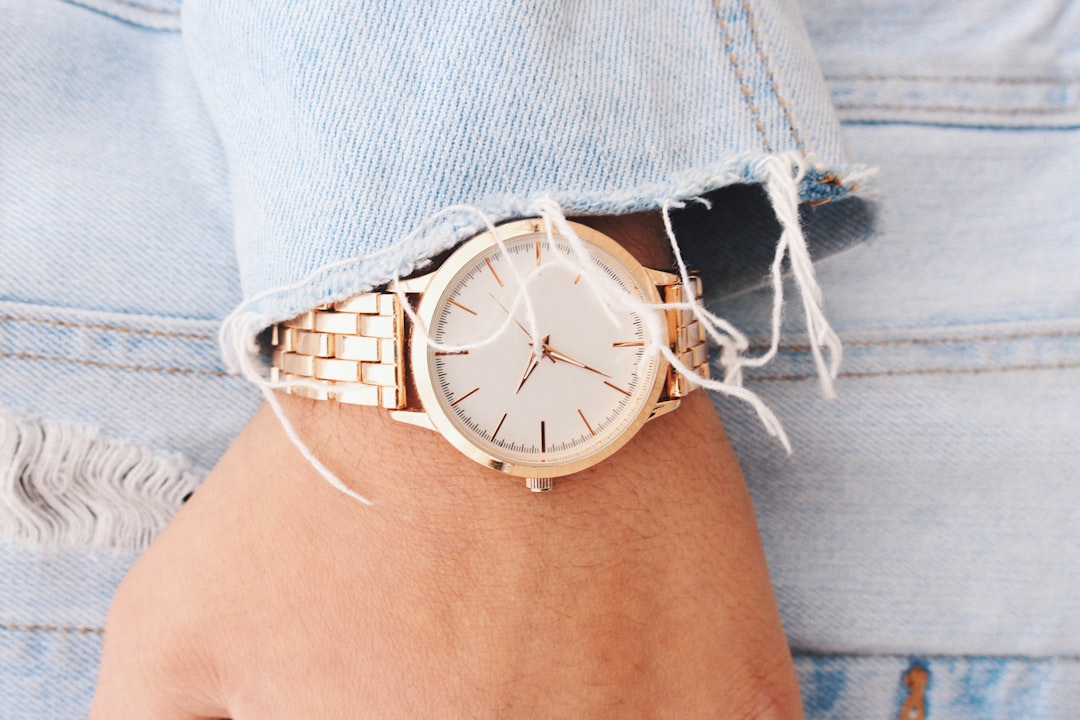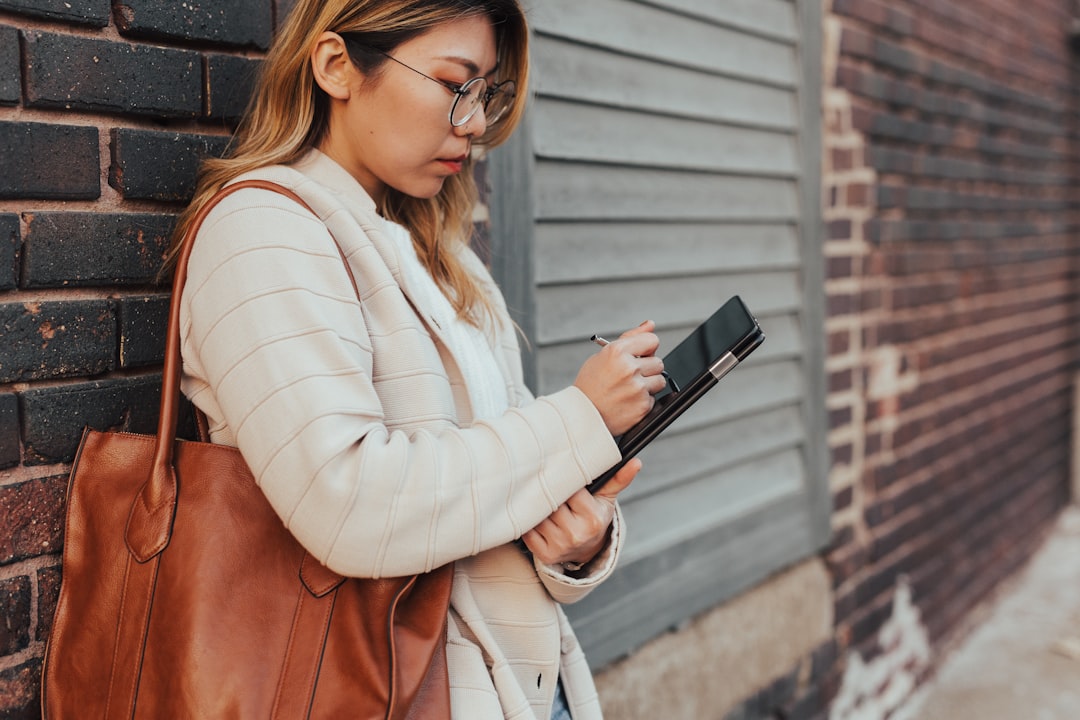As we move further into the 21st century, technology continues to play a significant role in almost every aspect of our lives. The fashion industry is no exception, and we are witnessing a revolution in the way fashion is designed, produced, marketed, and sold. Artificial Intelligence (AI) is at the forefront of this revolution, and its impact is being felt across the industry.
AI is transforming the fashion industry in ways that were once thought impossible. The technology is being used to improve manufacturing processes, enhance the customer shopping experience, predict trends, reduce waste, and improve ethical practices. In this blog post, we will explore these areas in more detail and examine how AI is shaping the future of fashion.
The rise of AI in the fashion industry is not surprising. The technology has already proved its worth in other industries, such as healthcare, finance, and transportation. AI has the potential to make fashion more efficient, sustainable, and accessible to a wider audience. As we move forward, we will see more applications of AI in the fashion industry, and it is exciting to think about the possibilities.
So, what is AI, and how does it work in the fashion industry? AI is a branch of computer science that focuses on creating intelligent machines that can perform tasks that typically require human intelligence, such as perception, reasoning, learning, and decision-making. In the fashion industry, AI is being used to analyze data, automate processes, and provide insights that were previously unavailable.
In the following sections, we will explore some of the ways AI is transforming the fashion industry, from smart production to virtual try-on. We will examine the benefits of these applications and the challenges that come with them. Ultimately, we will see that AI is changing the fashion industry in ways that were once thought impossible, and the future of fashion looks bright with this technology.
Smart Production: How AI is Revolutionizing the Manufacturing Process
As the fashion industry continues to evolve, it is becoming increasingly clear that the future of fashion lies in the hands of artificial intelligence. One of the most significant ways in which AI is impacting the industry is through smart production. By utilizing AI in the manufacturing process, fashion brands are able to produce their products faster, more efficiently, and with greater accuracy than ever before.
At its core, smart production involves the integration of AI and machine learning into the manufacturing process. This allows for the automation of many of the manual tasks that were previously required, such as cutting and sewing fabrics, and even assembling garments. By using AI-powered machines, factories can produce clothing at a much faster pace, with fewer errors, and with a greater level of precision.
But smart production isn’t just about speed and efficiency. AI is also helping to reduce waste and improve sustainability in the fashion industry. By analyzing data on production processes, AI can identify areas where waste can be reduced, and help designers create more sustainable products. This has the potential to not only reduce the environmental impact of the fashion industry, but also to improve the bottom line for fashion brands.
In addition to improving the manufacturing process, AI is also helping to make it more flexible. By using predictive analytics, fashion brands can anticipate changes in demand and adjust their production accordingly. This allows them to produce the right amount of product at the right time, reducing the need for excess inventory and minimizing the risk of overproduction.
Overall, the impact of AI on the fashion industry is significant and far-reaching. From smart production to personalized recommendations and virtual try-on, AI is changing the way we shop for clothes and the way fashion is produced. As the industry continues to evolve, it is clear that AI will play a critical role in shaping its future.
As the industry continues to evolve, it is clear that AI will play a critical role in shaping its future.
Personalized Recommendations: How AI is Enhancing the Customer Shopping Experience
As the fashion industry continues to evolve, it’s becoming increasingly important for brands to provide a personalized shopping experience for their customers. This is where AI technology comes in, revolutionizing the way we shop for clothes online.
Gone are the days of scrolling through endless pages of products, trying to find the perfect item. With AI-powered personalized recommendations, customers can receive tailored suggestions based on their individual preferences, purchase history, and even their browsing behavior.
This not only saves time for the customer, but it also increases the chances of them finding something they love and making a purchase. In fact, studies have shown that personalized recommendations can increase online sales by up to 30%.
But how does AI technology make this possible? It all comes down to data. By analyzing vast amounts of customer data, AI algorithms can identify patterns and trends, making predictions about what a customer is likely to purchase in the future.
For example, if a customer has previously bought a pair of black boots, AI technology can analyze this data and recommend similar styles, such as ankle boots or knee-high boots in the same color.
But it’s not just about making product recommendations. AI technology can also enhance the overall customer shopping experience by providing personalized styling advice, suggesting outfits based on the customer’s body shape, and even recommending accessories to complete the look.
This level of personalization not only improves the customer experience but also builds brand loyalty, as customers are more likely to return to a brand that understands their individual style and preferences.
AI-powered personalized recommendations are transforming the way we shop for clothes online, providing a more efficient, enjoyable, and personalized experience for customers. As the fashion industry continues to embrace AI technology, we can expect to see even more innovative solutions that enhance the customer experience and drive sales for brands.
Gone are the days of scrolling through endless pages of products, trying to find the perfect item.
Trend Prediction: How AI is Helping Designers Stay Ahead of the Fashion Curve
The fashion industry is notorious for being fast-paced and constantly evolving. Designers are always on the lookout for the next big trend or style that will capture the attention of consumers. However, with so many different trends and styles emerging every season, it can be difficult for designers to keep up. This is where AI comes in.
AI technology is being used by designers to help them predict future trends and stay ahead of the fashion curve. By analyzing data from social media, online shopping trends, and even weather patterns, AI algorithms can identify emerging trends and predict which styles will be popular in the coming months.
One of the ways AI is helping designers is by providing them with real-time data on what people are wearing and buying. This data can be used to identify patterns and trends, allowing designers to create collections that are aligned with consumer preferences. For example, if AI algorithms detect a rise in demand for sustainable fashion, designers can incorporate eco-friendly materials and production methods into their collections.
AI can also help designers streamline the design process by providing them with inspiration and ideas. By analyzing images and patterns from social media and other sources, AI algorithms can identify common themes and styles that are emerging in the fashion world. This information can then be used by designers to create unique and innovative designs.
Another way AI is helping designers is by providing them with insights into consumer behavior. By analyzing data from social media and online shopping platforms, AI algorithms can identify which styles and colors are most popular among different demographics. This information can then be used by designers to create collections that are tailored to the needs and preferences of their target audience.
AI technology is revolutionizing the fashion industry by helping designers stay ahead of the fashion curve. By providing real-time data on consumer trends and behavior, AI algorithms are helping designers create collections that are aligned with consumer preferences. With the help of AI, designers can create unique and innovative designs that capture the attention of consumers and set trends for seasons to come.
For example, if AI algorithms detect a rise in demand for sustainable fashion, designers can incorporate eco-friendly materials and production methods into their collections.
Sustainable Fashion: How AI is Helping Brands Reduce Waste and Improve Ethical Practices
As consumers become more environmentally conscious, sustainable fashion has become a hot topic in the industry. Brands are under increasing pressure to reduce their carbon footprint and improve their ethical practices. Fortunately, AI is proving to be a valuable tool in helping brands achieve these goals.
One way AI is helping brands reduce waste is through the use of predictive analytics. By analyzing data on consumer behavior, weather patterns, and other factors, AI algorithms can predict which items will sell and in what quantities. This allows brands to produce only the items they know will sell, reducing the amount of unsold inventory that ends up in landfills.
AI is also helping brands improve their ethical practices by identifying areas where they can make changes. For example, AI algorithms can analyze the environmental impact of different materials and suggest more sustainable alternatives. They can also monitor supply chains for violations of labor laws or other ethical concerns, allowing brands to take action quickly.
Another way AI is helping brands reduce waste is through the use of virtual try-on technology. By allowing customers to see how clothes will look on them before they buy, brands can reduce the number of returns and exchanges. This not only saves money but also reduces the environmental impact of shipping and handling.
Overall, AI is proving to be a valuable tool in helping brands reduce waste and improve their ethical practices. As the fashion industry continues to evolve, it will be interesting to see how AI continues to shape the future of sustainable fashion.
As the fashion industry continues to evolve, it will be interesting to see how AI continues to shape the future of sustainable fashion.
Virtual Try-On: How AI is Changing the Way We Shop for Clothes Online
As online shopping continues to grow in popularity, retailers are constantly looking for ways to improve the experience for their customers. One area where AI is making a significant impact is in virtual try-on technology.
Virtual try-on allows customers to see how clothing items will look on them without ever having to physically try them on. This is accomplished through the use of AI-powered algorithms that analyze the customer’s body shape and size, as well as the clothing item’s measurements and fabric properties.
One of the key benefits of virtual try-on is the ability for customers to try on a wide variety of clothing items quickly and easily. This not only saves time, but it also reduces the frustration of ordering clothing online that may not fit properly.
In addition, virtual try-on technology can also help to reduce returns and improve customer satisfaction. By allowing customers to see how clothing items will look on them before making a purchase, they are more likely to be happy with their purchase and less likely to return the item.
But virtual try-on technology is not without its challenges. One of the biggest issues is accuracy. AI algorithms need to be able to accurately analyze a customer’s body shape and size in order to provide an accurate virtual try-on experience. This requires a significant amount of data and advanced machine learning algorithms.
Another challenge is integrating virtual try-on technology into existing e-commerce platforms. Retailers need to ensure that the technology is seamlessly integrated into their website and that it provides a smooth and intuitive experience for customers.
Despite these challenges, virtual try-on technology is rapidly gaining popularity in the fashion industry. Many retailers are already using AI-powered virtual try-on technology to improve their online shopping experience, and it is likely that this trend will continue to grow in the coming years.
Virtual try-on technology is just one example of how AI is changing the way we shop for clothes online. By providing customers with a more personalized and efficient shopping experience, virtual try-on technology has the potential to revolutionize the fashion industry and improve the overall customer experience.
By allowing customers to see how clothing items will look on them before making a purchase, they are more likely to be happy with their purchase and less likely to return the item.
The Future of Fashion with AI Technology
As we have seen in the previous six sections, AI is already making a significant impact on the fashion industry. From smart production to personalized recommendations and virtual try-on, AI is transforming the way we produce, consume, and experience fashion.
But what does the future hold for AI in fashion? It is safe to say that AI will continue to play a crucial role in the industry, driving innovation and pushing boundaries.
One area where we can expect to see AI making a significant impact is in sustainability. As consumers become more aware of the environmental impact of fast fashion, brands are under increasing pressure to adopt more sustainable practices. AI can help in this regard by optimizing production processes, reducing waste, and identifying more sustainable materials.
Another area where AI is likely to have a major impact is in the design process. By analyzing vast amounts of data on consumer preferences and trends, AI can help designers to create collections that are more likely to resonate with their target audience.
We can also expect to see AI playing an increasingly important role in the retail experience. As more and more shopping moves online, AI-powered virtual try-on technologies will become even more sophisticated, allowing consumers to see how clothes will look on them before making a purchase.
Of course, there are also potential downsides to the increasing use of AI in fashion. As we rely more on algorithms to make decisions, there is a risk that we will lose some of the creativity and spontaneity that makes fashion so exciting.
Ultimately, the future of AI in fashion will depend on how well it is able to balance the benefits of automation with the need for creativity and human input. But one thing is clear: AI is here to stay, and it will continue to shape the fashion industry in ways that we cannot yet imagine.





